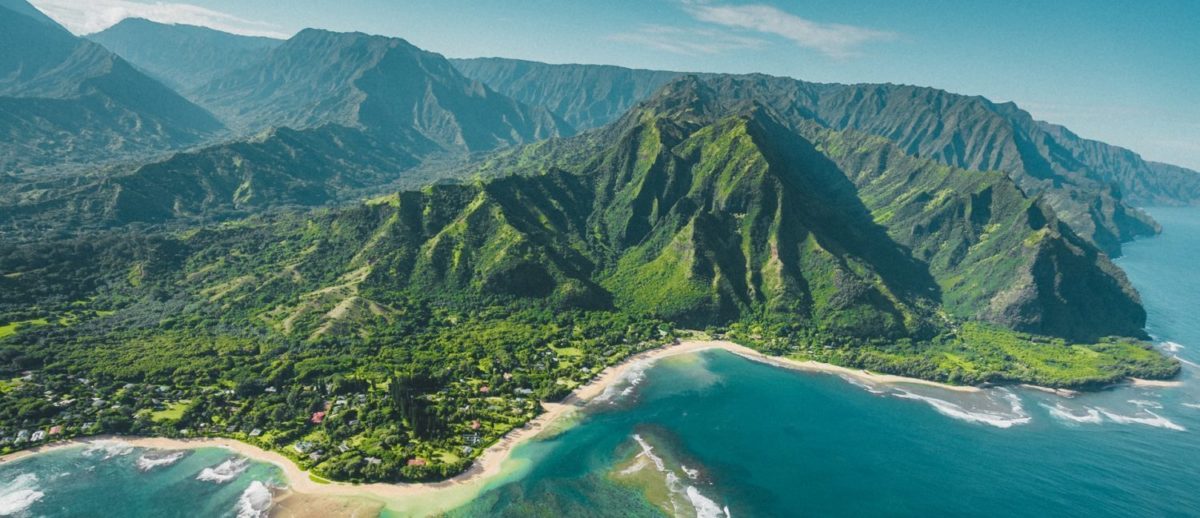Best Time to Visit Hawaii: A Comprehensive Guide
With its stunning landscapes, vibrant culture, and welcoming people, Hawaii is a dream destination for travelers worldwide. The question that often arises is: when is the best time to visit Hawaii? The answer depends on what you’re looking for in your Hawaiian adventure. This comprehensive guide will explore the best times to visit Hawaii based on weather, events, and activities, helping you plan the perfect trip.
Understanding Hawaii’s Climate
Hawaii’s climate is tropical, characterized by warm temperatures year-round. However, slight variations depend on the time of year and the island you choose to visit.
Seasons in Hawaii
- Winter (November to March):
- Weather: Winter in Hawaii is still warm, with average daytime temperatures ranging from 78°F to 82°F (25°C to 28°C). Nights can be more relaxed, especially in higher elevations.
- Rainfall: This season is wetter, particularly on the islands’ windward (northeast) sides.
- Activities: Winter is prime whale-watching season. The North Shore of Oahu is famous for its massive waves, attracting surfers worldwide.
- Spring (April to May):
- Weather: Spring offers pleasant weather with temperatures ranging from 79°F to 84°F (26°C to 29°C).
- Rainfall: Rain decreases compared to winter, making it an excellent time for outdoor activities.
- Activities: This season is ideal for hiking and exploring the lush landscapes without summer crowds.
- Summer (June to August):
- Weather: Summer is the warmest season, with temperatures ranging from 85°F to 90°F (29°C to 32°C).
- Rainfall is the driest time of year, especially on the island’s leeward (southwest) sides.
- Activities: Summer is perfect for beach activities, snorkeling, and family vacations. However, it’s also the busiest tourist season.
- Fall (September to October):
- Weather: Fall sees temperatures similar to spring, ranging from 79°F to 85°F (26°C to 29°C).
- Rainfall: Rainfall starts to increase, particularly in October, but it’s still relatively dry.
- Activities: This is a quieter time to visit, with fewer crowds and lower prices. It’s an excellent season for cultural festivals and events.
Best Time for Specific Activities
Beach and Water Activities
If your primary goal is to enjoy Hawaii’s beautiful beaches and engage in water activities like snorkeling, diving, and surfing, the summer months (June to August) are ideal. The ocean is calm, the weather is warm, and there’s minimal rainfall. Early fall (September) also offers excellent beach conditions with fewer tourists.
Whale Watching
Whale watching is a spectacular activity in Hawaii, and the best time to witness these magnificent creatures is during the winter months (November to March). Humpback whales migrate to Hawaii’s warm waters to breed and give birth. Maui, particularly Lahaina, is a popular spot for whale-watching tours.
Hiking and Exploring
For those who love hiking and exploring nature, spring (April to May) and fall (September to October) are the best times to visit. The weather is comfortable, and the trails are less crowded. You can explore the lush rainforests, volcanic landscapes, and scenic trails without the intense summer heat or winter rains.
Cultural Events and Festivals
Hawaii’s rich cultural heritage is celebrated through various events and festivals. If you’re interested in experiencing Hawaiian culture, plan your visit around these events:
- Merrie Monarch Festival (April): This is the world’s premier hula competition in Hilo on the Big Island.
- King Kamehameha Day (June 11): This statewide holiday celebrates Hawaii’s first king with parades and festivities.
- Aloha Festivals (September): These island-wide events showcase Hawaiian music, dance, and traditions.
Budget-Friendly Travel
If you’re looking to travel on a budget, consider visiting Hawaii during the shoulder seasons—spring (April to May) and fall (September to October). During these times, you can find lower airfare, accommodation rates, and fewer crowds, making it a more affordable and relaxed experience.
Island-Specific Considerations
Hawaii is an archipelago with six main islands to explore, each offering unique experiences. Here are some island-specific considerations for the best time to visit:
Oahu
- Best Time: Year-round, but spring and fall offer pleasant weather and fewer tourists.
- Highlights: Waikiki Beach, Pearl Harbor, North Shore surfing, Diamond Head.
Maui
- Best Time: Winter is for whale watching, and spring and fall are for general activities.
- Highlights: Road to Hana, Haleakalā National Park, Lahaina town.
Big Island (Hawaii Island)
- Best Time: Year-round, spring and fall are ideal for exploring diverse landscapes.
- Highlights: Volcanoes National Park, Mauna Kea, Kona coffee farms.
Kauai
- Best Time: Spring and fall for hiking and exploring the natural beauty.
- Highlights: Waimea Canyon, Napali Coast, Hanalei Bay.
Lanai
- Best Time: Year-round, with spring and fall offering the best conditions.
- Highlights: Hulopoe Bay, Garden of the Gods, Shipwreck Beach.
Molokai
- Best Time: Spring and fall are ideal for a quiet getaway year-round.
- Highlights: Kalaupapa National Historical Park, Papohaku Beach, Halawa Valley.
Conclusion
The best time to visit Hawaii depends on your preferences and what you hope to experience. Whether you’re seeking beach relaxation, thrilling water activities, cultural events, or budget-friendly travel, Hawaii offers something for everyone throughout the year. By understanding the seasonal variations and planning accordingly, you can ensure a memorable and fulfilling Hawaiian vacation.

